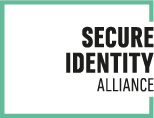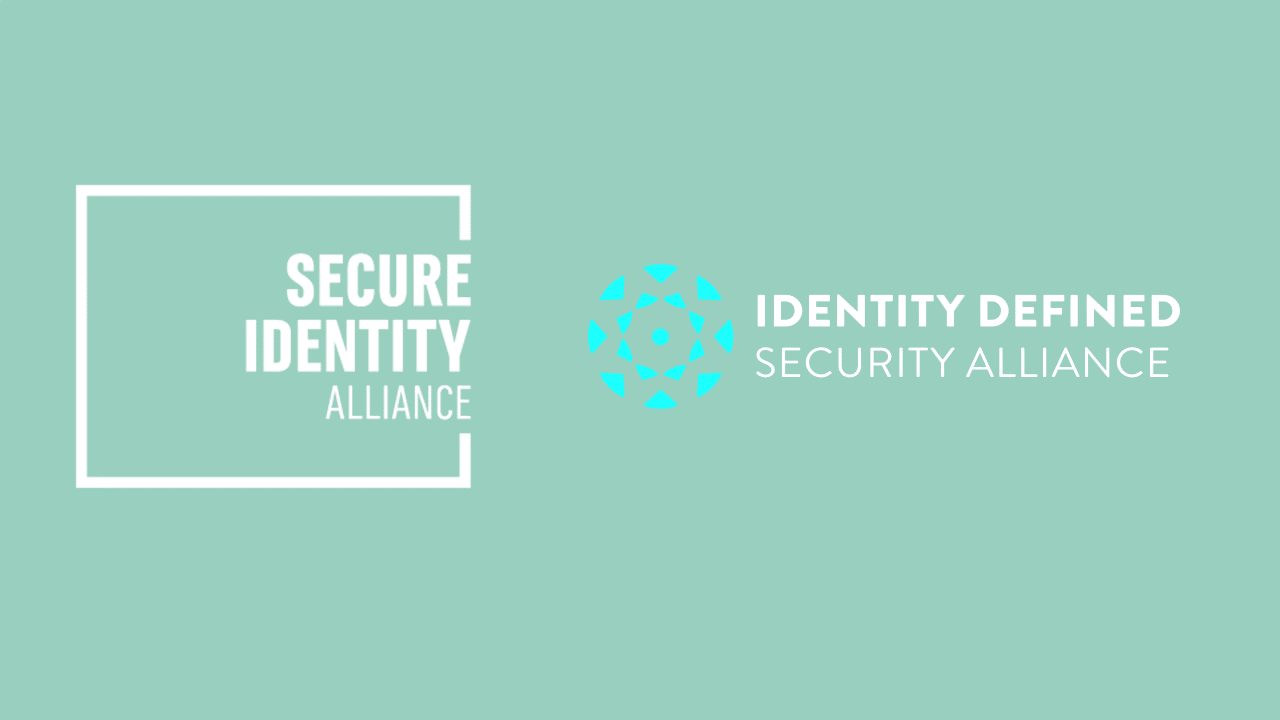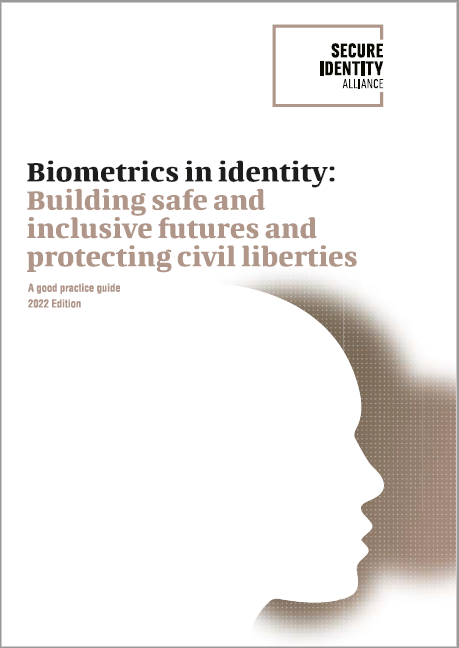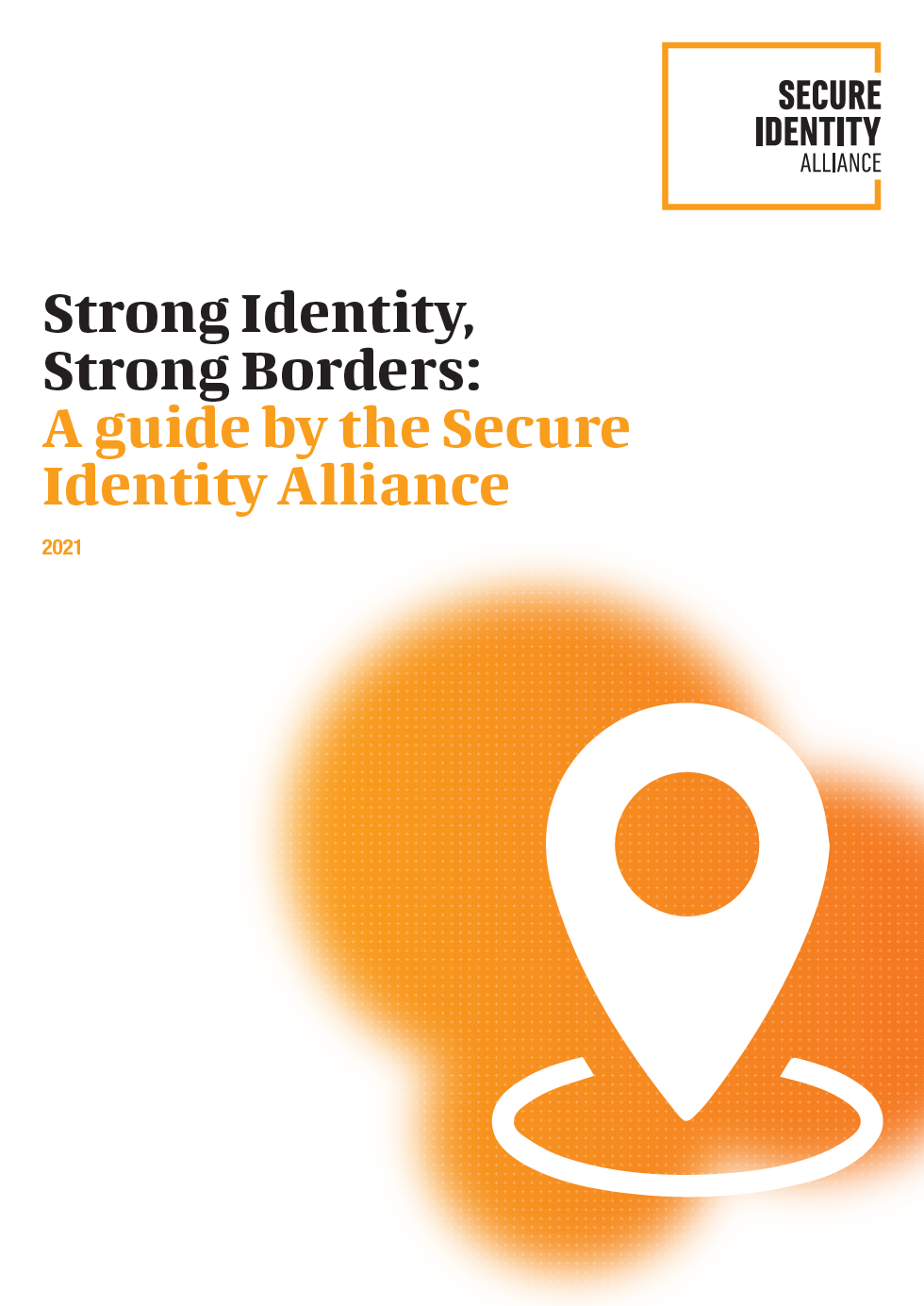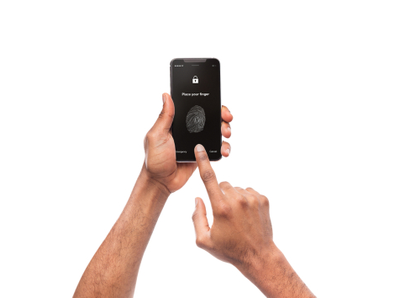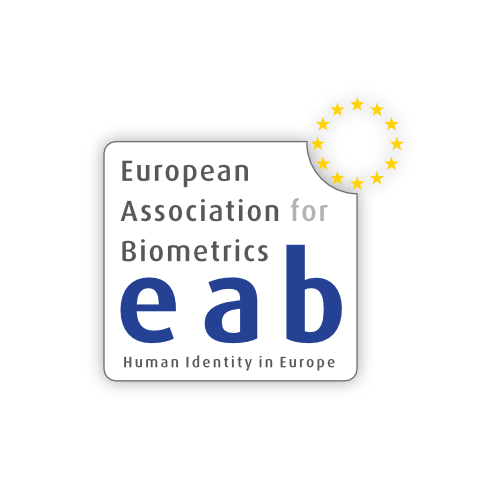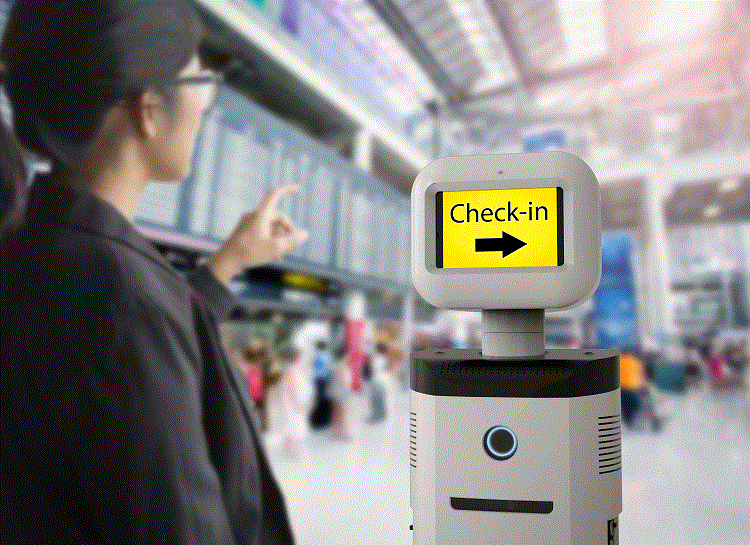
On April 21, 2021, the European Commission proposed new rules and actions on the development and use of artificial intelligence (AI) systems with the stated objective to “turn Europe into the global hub for trustworthy artificial intelligence”.
Following a risk-based approach, the proposals will ban those AI systems considered a clear threat to the safety, livelihoods and rights of people. Others will be rated on a risk scale from high to minimal. In particular, all remote biometric identification systems are considered high risk and subject to strict requirements.
Secure Identity Alliance (SIA), whose members are European and global leaders in this fast-emerging space, are supportive of the principles to ensure excellence and trust in AI systems, and believe a fit-for-purpose framework has the potential to become an adopted standard around the world – as has been the case with the General Data Protection Regulation.
However, SIA believes that the rules governing the development and provision of AI systems should be proportionate.
As the proposals stand today, there is a concern that some rules threaten to stifle innovation and therefore undermine the stated goals of the Commission and the position of Europe as a leader in this critical field of technology.

By Michael Brandau, Chair of the Secure Identity Alliance's Border Working Group.
With technology, Covid-19, and a number of other factors driving major change at the border, the Secure Identity Alliance has updated Strong Identity Strong Borders, a guide designed to help anyone who wants to understand the subject more, but who is not an expert.
Strong Identity, Strong Borders introduces the key concepts and explores the evolution of border control, and how those responsible for safeguarding their territory can embrace new approaches around identity in order to create secure, seamless, and streamlined passenger experiences.
How to address the challenge of enabling the delivery of trusted mobile ID that’s secure, convenient, and easy for citizens to use
Digital identity sits at the heart of economic and social transformation. Around the globe, governments are busy fast-tracking the delivery of streamlined e-services that touch every aspect of people’s lives – from paying tax to accessing healthcare and education.

While domestic and international restrictions imposed to combat the spread of the COVID-19 virus have a tremendous impact on cross-border passenger volumes, and the longer-term picture remains unclear, it is no less important to continue to leverage the latest technologies to both strengthen borders and improve traveller experiences.
Over recent years, the technology has radically evolved in fields such as identity, security, biometrics and mobile applications to do exactly this. Technology has already transformed the world of border security and efficient processing of passengers, for example through secure ePassports (also known as electronic Machine Readable Travel Documents or eMRTD), automated eGates, biometrics used to assure visa regimes, and mobile boarding passes.
However, the story is far from complete. A newer generation of secure and efficient solutions are just beginning with the development of the Digital Travel Credential (DTC).
